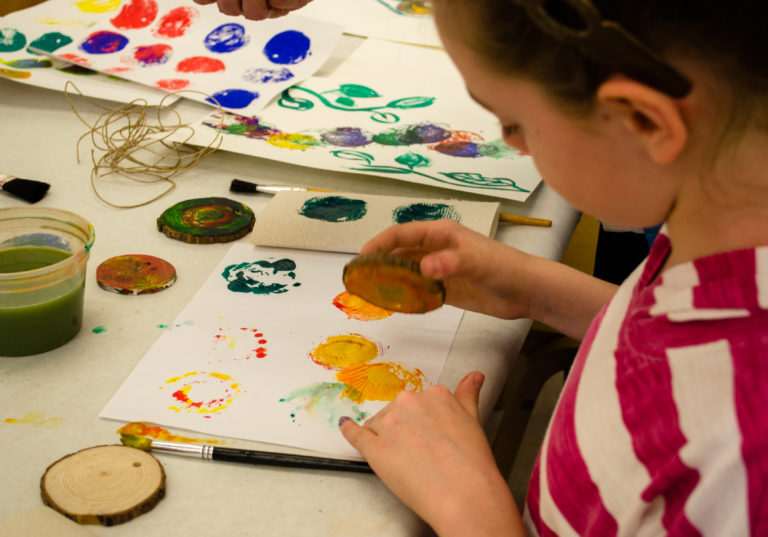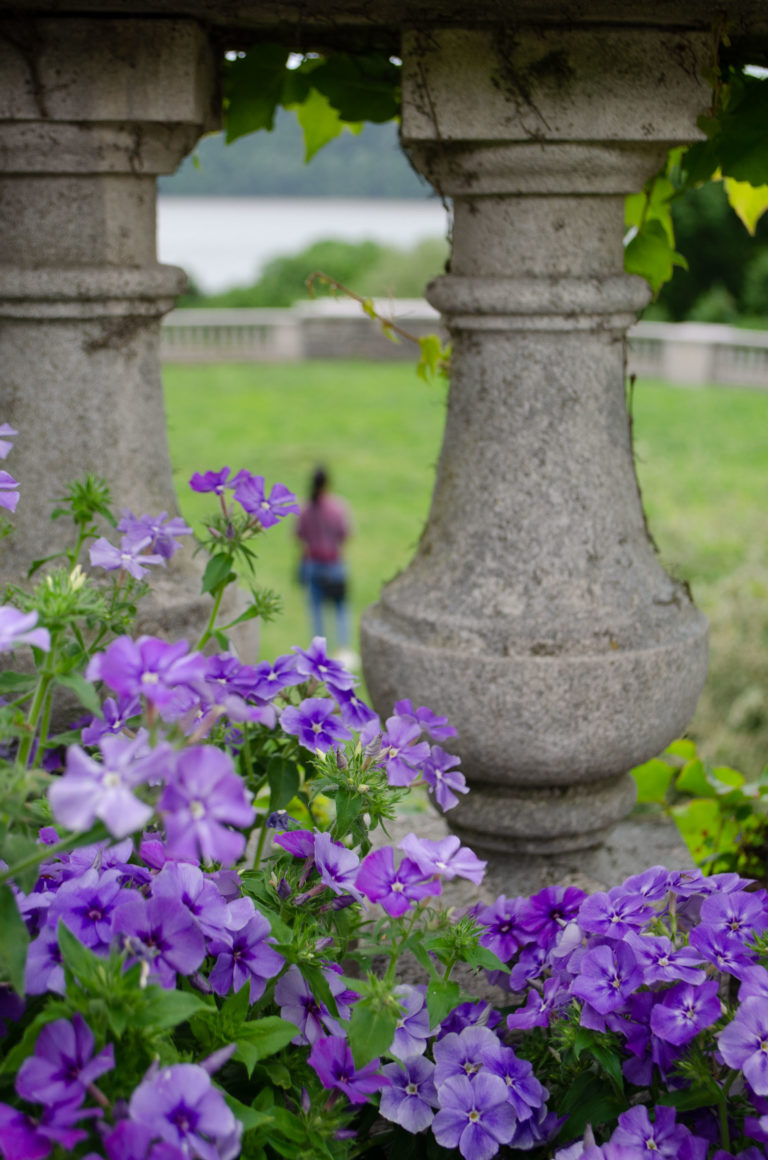
Nature Activities for Home
City Connection: Urban Ecology Scavenger Hunt
Nature is found throughout our city. In this activity, track down evidence of urban wildlife and plant species that inhabit your neighborhood, whether in a park, your backyard or along the sidewalks.
Materials:
- Paper
- Pencils
- Printed copies of the scavenger hunts
A Healthy Reminder
Some of these activities may take you out into nature. Be sure to follow the recommended health and safety guidelines, including keeping at least six feet from others and washing your hands well when you return home.
Definitions:
- Ecosystem: A system that includes all living organisms (biotic factors) in an area as well as its physical environment (abiotic factors) functioning together as a unit
- Consumer: an organism that gets its energy by consuming other organisms
- Producer: an organism that makes its own food, usually through the sun’s energy
- Decomposer: an organism that consumes dead or decaying matter and recycles the nutrients into the ecosystem
- Abiotic Factor: non-living components of an ecosystem, such as rocks, water, or weather patterns.
Procedure:
You can do this activity in any green space with trees, whether that is a local park, your backyard or a street that has trees along it. During your scavenger hunt, you may pick things up to investigate, but please leave everything as you found it when you are finished with your examination of the nature objects. Even the smallest disturbances can be major for some inhabitants!
Start by printing and reviewing the scavenger hunt prompts, and select one or more scavenger hunts to complete. Take 20-25 minutes to explore the area and find the components of their scavenger hunt.
Discuss with your family how each scavenger hunt represents one piece of an ecosystem: consumers, producers, decomposers and abiotic factors. Have a discussion about what you found and noticed, and how you feel each component of the ecosystem fits together.
Finally, ask whether these factors exist in the city. Have you seen consumers and producers? What about abiotic factors? Decomposers? Which kinds of animals and plants are best suited for the city and which struggle to survive?

